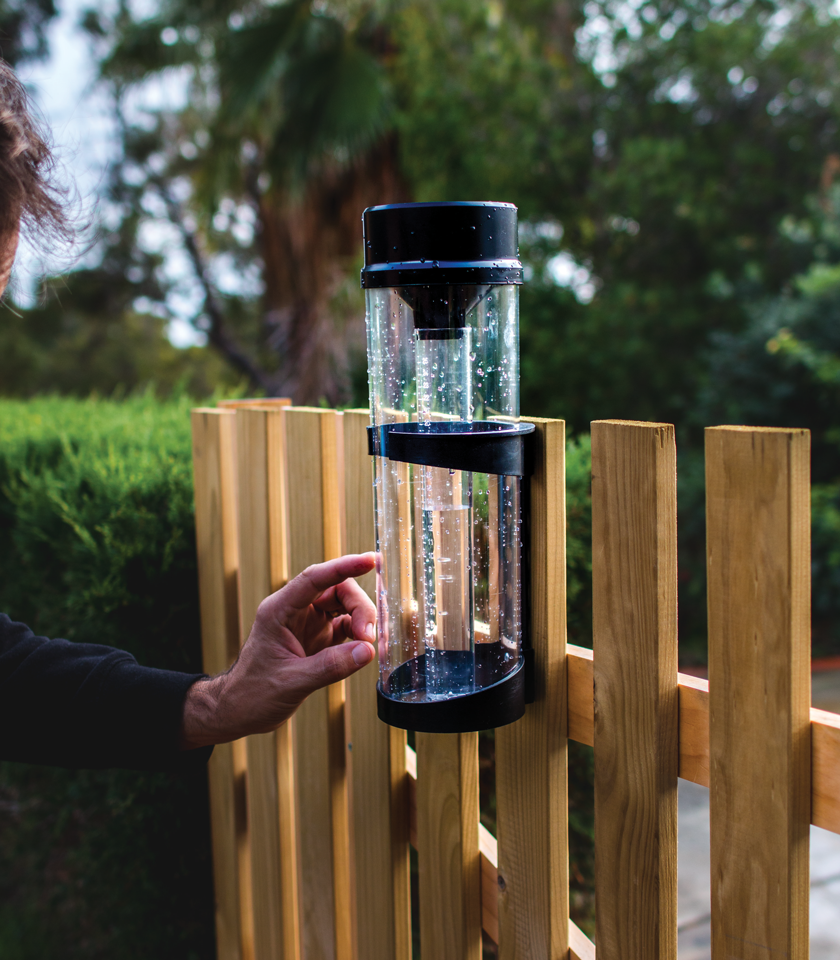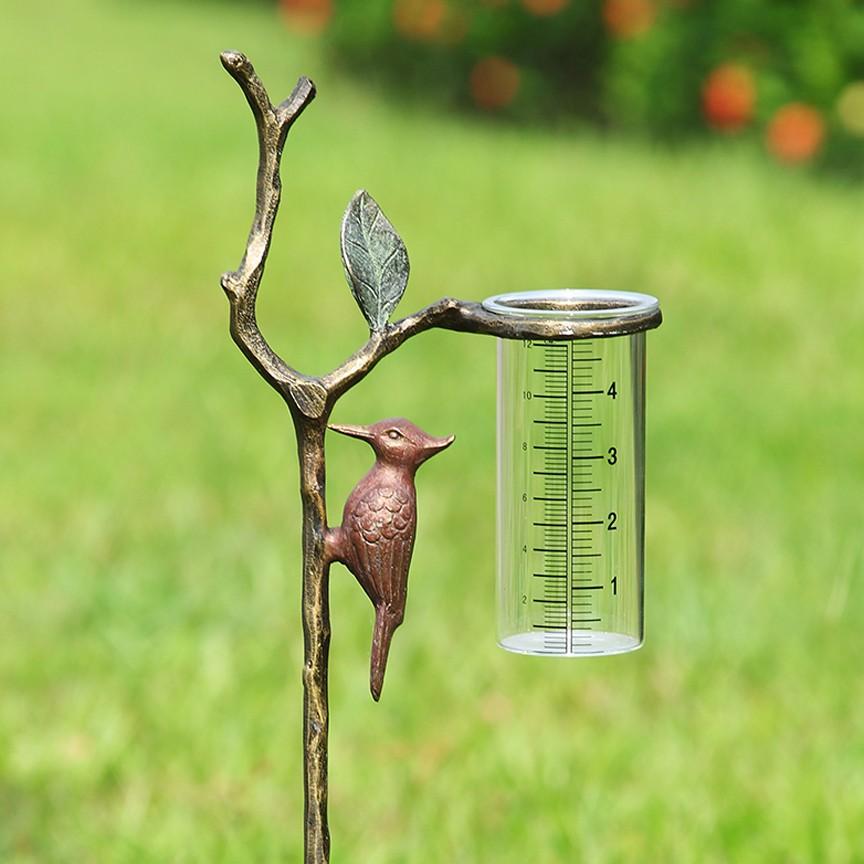Introducing the Science Behind Rain Gauges: Exactly How These Devices Play a Crucial Duty in Environment Study and Ecological Monitoring
Rainfall assesses, seemingly basic devices, hold an extensive importance in the world of climate research study and environmental monitoring. These plain instruments quietly gather one of nature's most crucial aspects-- rains. Yet, behind their plain facade lies an intricate scientific research that is essential for recognizing the characteristics of our setting. As we peel back the layers of this clinical veil surrounding rain evaluates, we reveal a world where precision, information accuracy, and thorough monitoring merge to introduce a much deeper understanding of our changing environment and its effect on the planet.
Value of Rainfall Gauges
Rainfall assesses play an essential duty in surveillance and determining rainfall degrees, supplying vital information for environment study and evaluation. These gadgets are basic in measuring the quantity of rains that occurs in a particular location over a specific duration. By determining and accumulating rainwater, rain gauges deal useful understandings right into the distribution and intensity of rainfall, helping meteorologists, hydrologists, and climatologists in recognizing weather patterns and patterns.
One of the key reasons that rain gauges are crucial is their capacity to supply local and precise information. Unlike satellite or radar-based measurements, which supply more comprehensive monitorings, rain gauges offer accurate information certain to the location where they are placed. This local information is vital for different applications, consisting of flooding forecasting, dry spell monitoring, and water resource monitoring. Additionally, long-lasting information accumulated from rain assesses helps in assessing climate change effects and patterns, adding dramatically to scientific research study and decision-making procedures. In essence, rain determines function as vital devices in the area of weather forecasting and environmental scientific research, playing a critical role beforehand our understanding of weather and environment dynamics.
Types of Rainfall Gauges

Capability and Procedure
In the realm of climate study and atmospheric studies, the efficiency of rain determines lies in their detailed functionality and precise operational devices. Rain evaluates are designed to precisely determine the quantity of rainfall that falls over a certain area throughout a set duration.
The functionality of rain gauges is based on the concept of collecting and gauging rainwater in a standardized fashion. This accumulated data is vital for recognizing neighborhood weather patterns, tracking long-term climate patterns, and analyzing environmental effects. To make sure accurate dimensions, rain assesses need to be strategically placed in open locations far from obstructions such as buildings or trees that could conflict with the collection process.
The functional facet of rainfall determines involves normal maintenance to prevent debris buildup, calibration checks to preserve dimension accuracy, and information recording for analysis (rain gauge). In general, the functionality and operation of rain gauges are crucial for gathering dependable rainfall data important to environment research and environmental surveillance
Function in Environment Research
Given the essential value of accurate precipitation measurements in comprehending weather condition patterns and ecological influences, the role of rain assesses in climate study is important. Rainfall evaluates supply crucial information for environment study by quantifying the amount of rainfall that tips over a details location during a given duration. This data is crucial for keeping track of long-lasting fads in rainfall patterns, assessing the effect of climate change on rainfall circulation, and boosting environment models.

Climate scientists use information collected from rain determines to evaluate variations in rainfall degrees, recognize regional environment patterns, and evaluate the performance of water source administration techniques. By comparing historical precipitation information with current dimensions, scientists can detect shifts in rainfall patterns, such as changes in the regularity or strength of rainfall events. This details is vital for understanding how environment adjustment is influencing rainfall characteristics and can aid policymakers make educated decisions regarding adjustment and mitigation methods.
Applications in Environmental Tracking

In flood projecting, rainfall scale data helps to track rains strength and distribution, enabling authorities to release prompt warnings and take necessary measures view website to alleviate flooding threats (rain gauge). Dry spell tracking relies upon rainfall scale data to analyze wetness levels in the dirt and track precipitation deficits, aiding in the recognition of drought-prone areas and the execution of drought action techniques
In addition, rain scale data plays a crucial role see post in water source management by providing info on water accessibility and usage patterns. Additionally, in agriculture, rainfall gauge data assists farmers in optimizing irrigation schedules, plant option, and total farm monitoring techniques based on regional rainfall patterns.
Verdict
Finally, rainfall gauges are essential devices for measuring rainfall, supplying beneficial information for climate study and environmental monitoring. With different types and performances, rainfall determines play a critical role in comprehending precipitation patterns and their effect on the atmosphere. By accurately gauging rains, these gadgets add to the improvement of clinical knowledge and assistance in making educated choices associated to water resource monitoring and catastrophe readiness.
Rainfall determines play a vital role in surveillance and gauging rainfall levels, offering essential information for climate research and official website evaluation. The typical rain scale, known as the "tipping container" gauge, is one of the most typically utilized devices. Ultrasonic rain assesses use sound waves to spot the existence of rainfall, providing real-time information on precipitation degrees.Environment scientists utilize data accumulated from rainfall assesses to examine variants in rainfall degrees, determine local climate trends, and assess the efficiency of water source monitoring approaches.In conclusion, rainfall determines are vital tools for determining precipitation, offering useful information for environment research study and ecological monitoring.